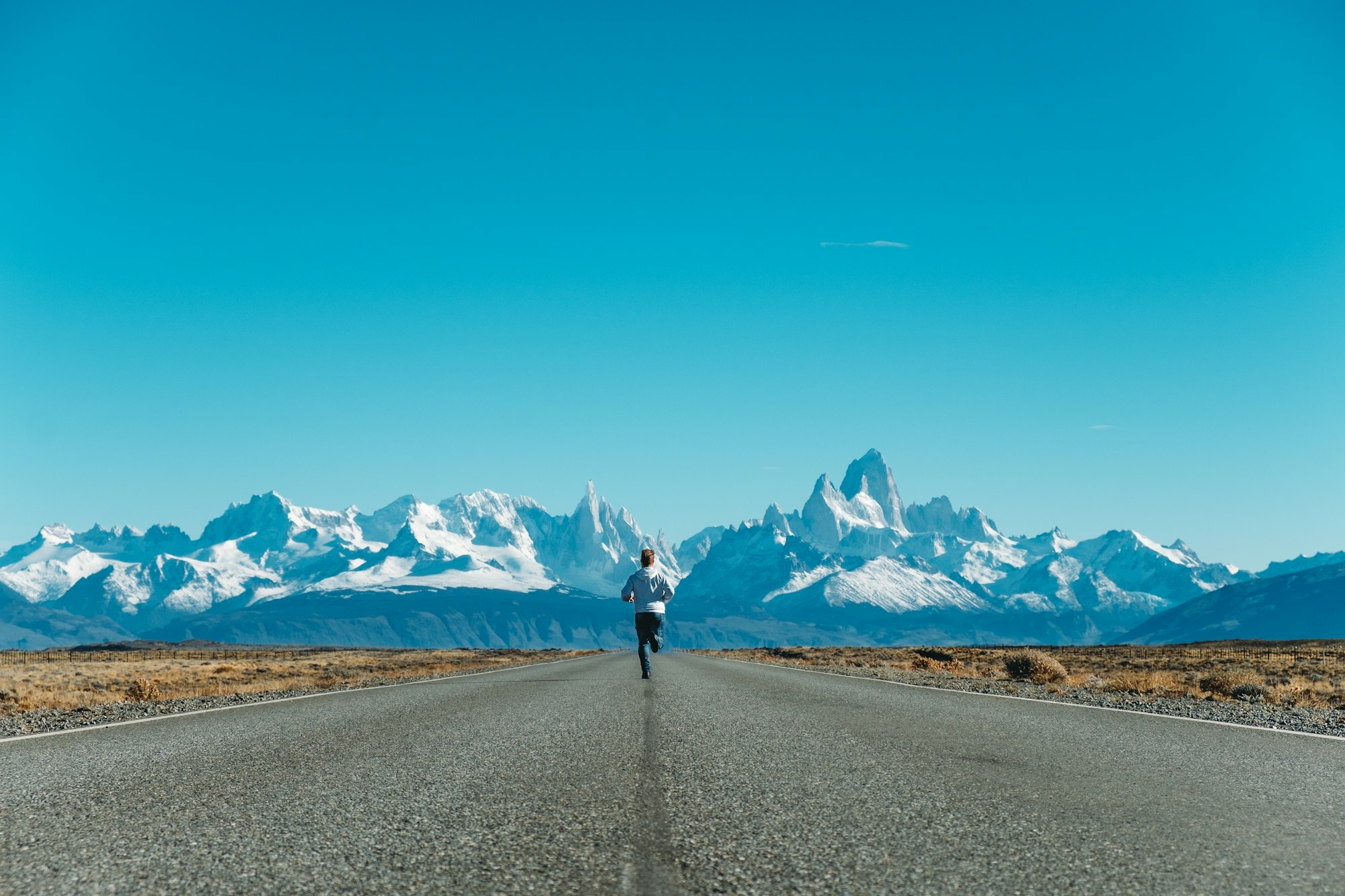How does cooling down improve aerobic capacity?
"What is the reason for cooling down after a workout? What are the consequences if we never cool down? Does the kind of workout matter? What does the ideal cool down look like?"

This question is from our private training community. Membership is free for the first 25 members. (Only nine spots left.)
What is the reason for cooling down after a workout? What are the consequences if we never cool down? Does the kind of workout matter? What does the ideal cool down look like?
I look at things from a fiber recruitment and lactate production perspective (influenced by reading Olbrecht, Canova, Magness, and Verkhoshansky.) Others may have a different and equally valid explanation. As I understand it:
- Any intensity produces some lactate that the aerobic system has to "clean up." The clean up happens during the event (unless the aerobic system is overwhelmed.) That clean up process is one of the ways that we increase our aerobic capacity, by "forcing" the aerobic system to deal with the excess lactate. The more lactate that the aerobic system can tolerate, the more of our anaerobic system we can use in an event. Especially if the session has included some intensity, a cool down is a good chance to challenge the aerobic system and get in some more aerobic capacity training.
- Lower lactate levels are easier to recover from both between sessions (in one day) and between days. So while your aerobic system is fired up, you can use the time to reduce the lactate in your system and accelerate your recovery from the session.
- Different types of training send different adaptation signals to the body. If I remember correctly, strength training (or high enough intensity) uses the mTOR pathway (anabolic) and aerobic training uses the AMPk pathway (catabolic.) So if I'm training for an endurance event, I want the signal to be through the AMPk pathway. My thinking is that a cool down may push the signal in that direction. In contrast, if I were hangboard training for rock climbing, then I would not cool down because the goal is increased strength.
Maybe asked a different way, what are the consequences if we never cool down?
I think you lose out on an aerobic capacity stimulus and perhaps send the wrong signal to your working muscles.
Does the kind of workout matter?
Answered above, I think?
What does the ideal cool down look like?
This is just based on my experience, but I usually finish my workouts at a very easy pace until my heart rate stabilizes. If it's after an intensity session then the satble heart rate may be higher than after an easier session. But either way, heart rate will slowly fall if the cool down is sufficiently easy. When I'm fit, that's usually around 80% of my anaerobic threshold heart rate (ANT HR, LTHR, etc.) If I'm not training much, then it's usually about 5% higher.
It's also worth noting that you can probably get similar effects if the easy finish is done in a second workout. So if you only have 45 minutes in the morning and it includes some intensity, you could probably do an easy session in the afternoon to still get some of the cool down benefits. (I believe Magness has a bunch of articles on doubling that might be relevant.)